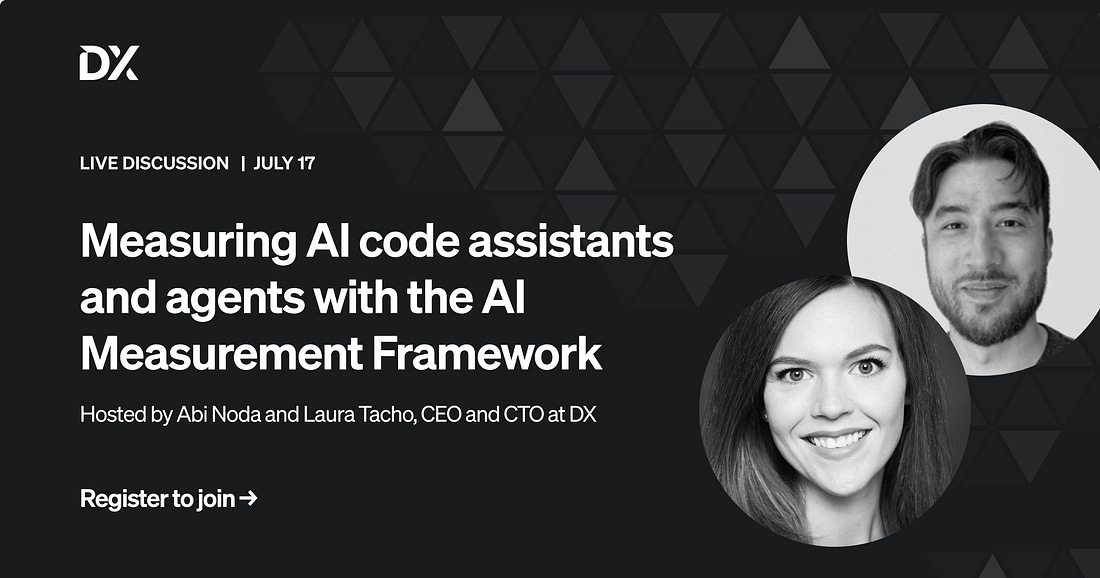|
🚀 Faster mobile app releases with 100% parallel automated QA (Sponsored)
Manual testing on personal devices is too slow and too limited. It forces teams to cut releases a week early just to test before submitting them to app stores. And without broad device coverage, issues slip through.
QA Wolf gets mobile apps to 80% automated test coverage in weeks. They create and maintain your test suite in Appium (no vendor lock-in) — and provide unlimited, 100% parallel test runs with zero flakes.
✅ QA cycles reduced from hours to less than 15 minutes
✅ Tests run on real iOS devices and Android emulators
✅ Flake-free runs, no false positives
✅ Human-verified bug reports
No more manual E2E testing. No more slow QA cycles. No more bugs reaching production.
Rated 4.8/5 ⭐ on G2
This week’s system design refresher:
7 System Design Concepts Explained in 10 Minutes (Youtube video)
RAG vs Agentic RAG
A Cheatsheet on Kubernetes
6 Data Structures to Save Storage
5 Database Normal Forms Every Developer Should Know
Hiring Now
SPONSOR US
7 System Design Concepts Explained in 10 Minutes

Measuring the productivity gains from AI code assistants— July 17th (Sponsored)
To navigate the AI era, leaders need metrics on the efficiency of AI code tools and agents. Join this discussion with Abi Noda and Laura Tacho, CEO and CTO at DX, to learn how to apply the AI Measurement Framework to track AI adoption, measure impact, and make smarter investments.
Join this discussion to learn:
Recommended metrics for measuring AI adoption, impact, and ROI in engineering
How to think about measuring autonomous agents
The latest data from DX showing what organizations are seeing in terms of AI adoption and impact
RAG vs Agentic RAG
RAG (Retrieval Augmented Generation) is a method that combines information retrieval with large language models to generate answers. Here’s how RAG works on a high level:
The model retrieves relevant data from data sources and then extracts it to a vector database from the pre-indexed model.
Augment the prompts by retrieving information and merging it with the query prompt.
A Large Language Model (like GPT, Claude, or Gemini) understands the combined query and generates the final response.
A traditional RAG has a simple retrieval, limited adaptability, and relies on static knowledge, making it less flexible for dynamic and real-time information.
Agentic RAG improves on this by introducing AI agents that can make decisions, select tools, and even refine queries for more accurate and flexible responses. Here’s how Agentic RAG works on a high level:
The user query is directed to an AI Agent for processing.
The agent uses short-term and long-term memory to track query context. It also formulates a retrieval strategy and selects appropriate tools for the job.
The data fetching process can use tools such as vector search, multiple agents, and MCP servers to gather relevant data from the knowledge base.
The agent then combines retrieved data with a query and system prompt. It passes this data to the LLM.
LLM processes the optimized input to answer the user’s query.
Over to you: What else will you add to better understand RAG vs Agentic RAG?


